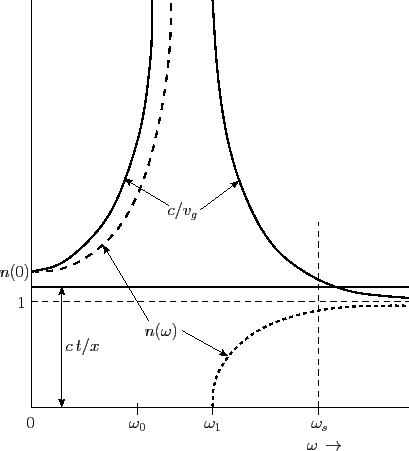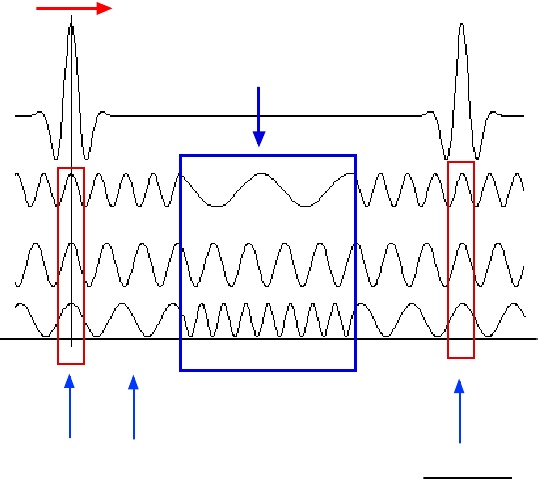
An interesting feature of our first model is that it leads to tachyonlike behavior without one's having to introduce negative energies. They thus lead to ambiguous and/or singular solutions. The field equations of such theories do not present a good Cauchy problem for arbitrary data on spacelike hyperplanes. It is shown that the noncausal superluminosity occurs only for field theories which are singular in the sense that there does not exist a unique one-to-one relationship between the momenta and the velocities. The second type of superluminosity, called noncausal, violates the causality conditions of conventional theory. This type of mode occurs as small oscillations about an unstable equilibrium configuration of high energy density. One type, called causal, is shown not to conflict with the usual condition that a signal originating in a region is felt only in the forward light cone of that region. Our formulation is also well suited for analyzing the propagation of ultrashort pulses between a grating pair.We distinguish two fundamentally different types of superluminal (group velocity > c) behavior.

This causes the medium to exchange energy with the front of a pulse differently than with the back, which is the reason for superluminal behavior. We showed that a linear dielectric medium responds to the instantaneous spectrum of the field, that is, the spectrum experienced by the medium up to each moment in time. So-called superluminal behavior is an artifact of paying attention only to the field energy while ignoring energy transferred into and out of the medium. Off-Resonant Narrowband and Broadband Pulses Traversing an Amplifying Medium.In such an optical scheme only a particular combination of the probe elds is coupled to the matter and exhibits superluminal propagation the orthogonal combination is uncoupled. On-Resonant Narrowband and Broadband Pulses Traversing an Absorptive Medium We investigate theoretically the formation of two-component light with superluminal group velocity in a medium controlled by four Raman pump elds.The theorem makes it obvious why short-duration pulses do not propagate superluminally and why long-duration pulses cannot propagate superluminally for distances on a scale longer than their duration. This has since been confirmed experimentally. In this case, a linear spectral superposition of group delay tracks the center of the field energy. CiteSeerX - Document Details (Isaac Councill, Lee Giles, Pradeep Teregowda): Using a free-space configuration and a frequency-domain detection setup, group. arbitrarily short duration), which can undergo severe distortion en route.

We developed a context wherein group velocity retains meaning, even for broadband pulses (i.e. Traditionally, group velocity has been understood only in the narrowband limit (i.e. Such phenomena can occur when the spectrum of an electromagnetic pulse lies near absorption or amplifying resonance lines in the medium. Group velocity describes pulse propagation even in situations where the pulse motion appears to exceed the speed of light in vacuum or where it becomes negative (i.e.


 0 kommentar(er)
0 kommentar(er)
